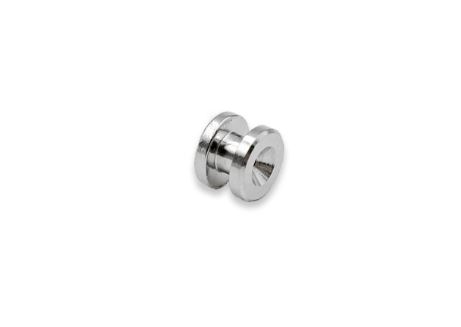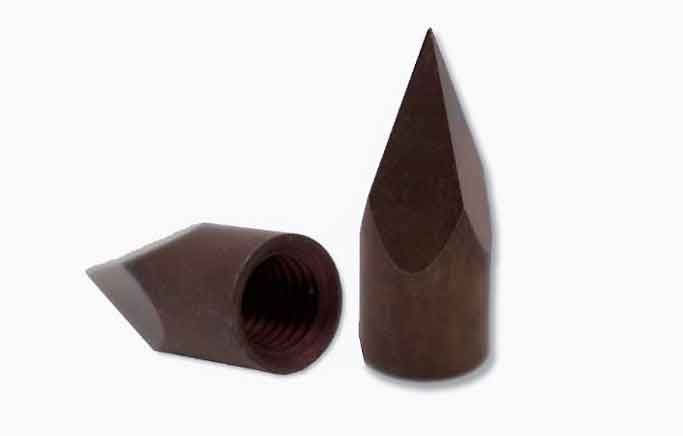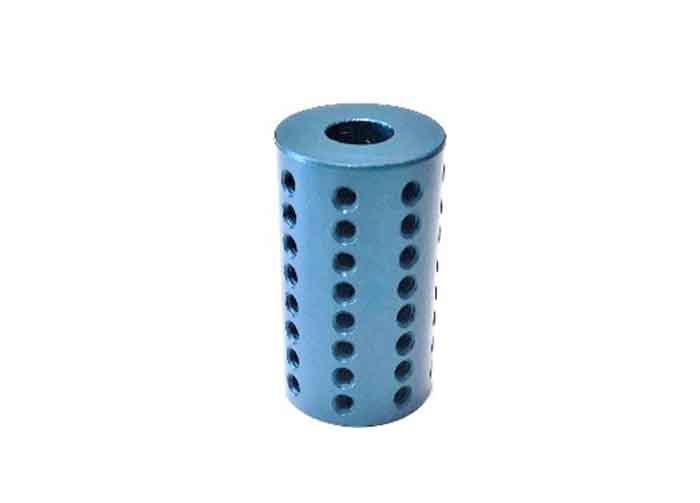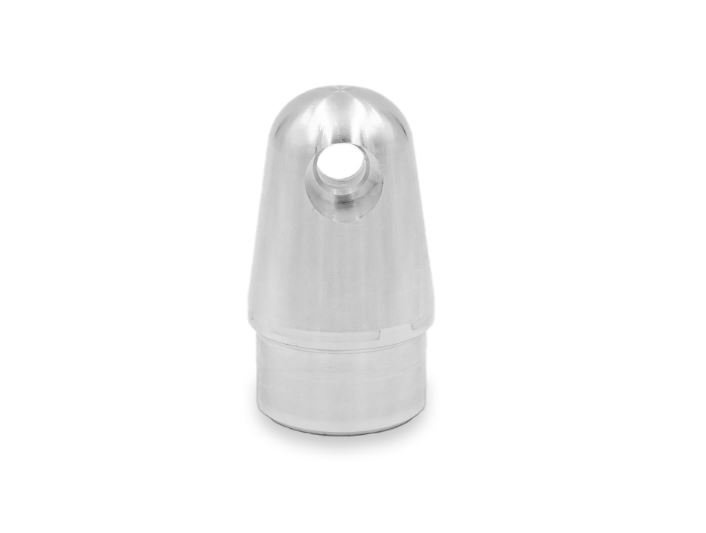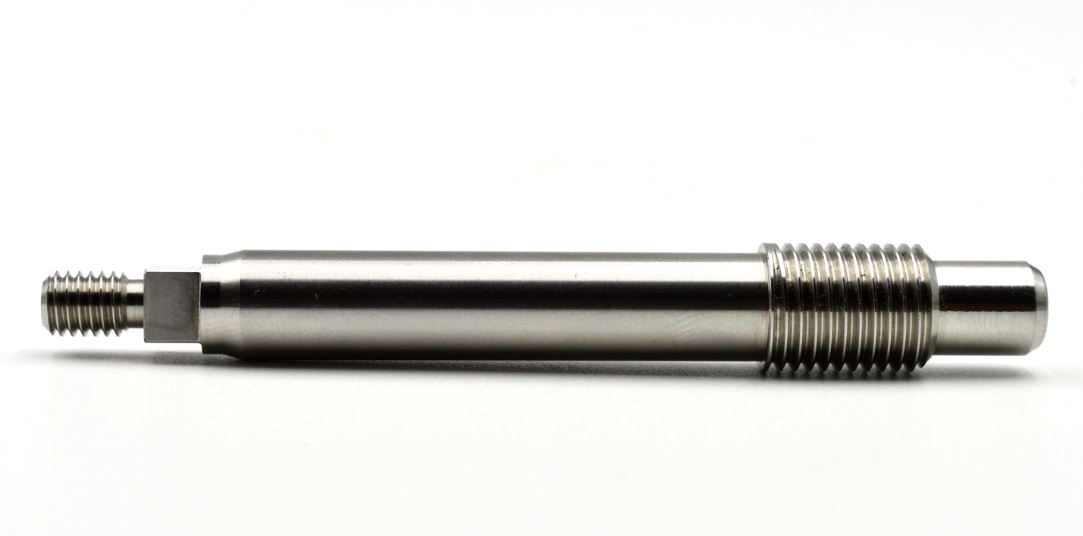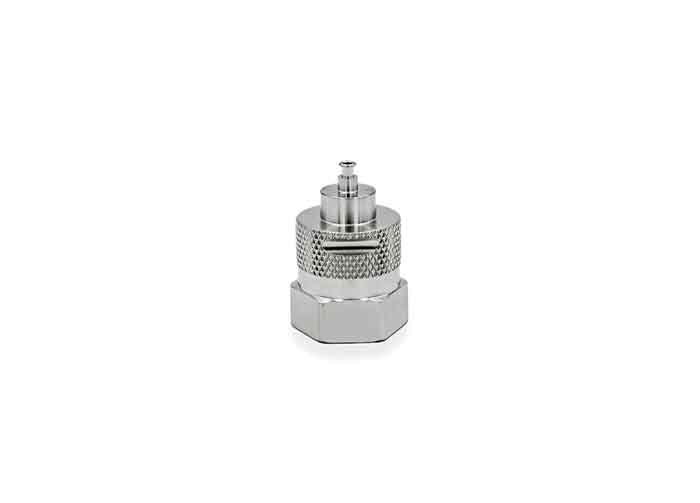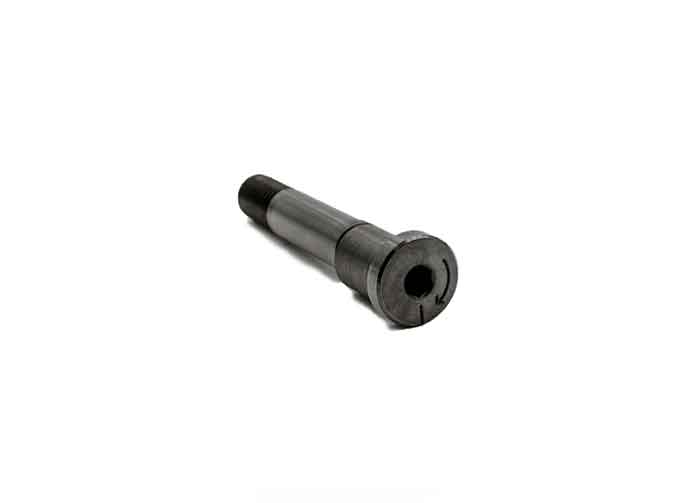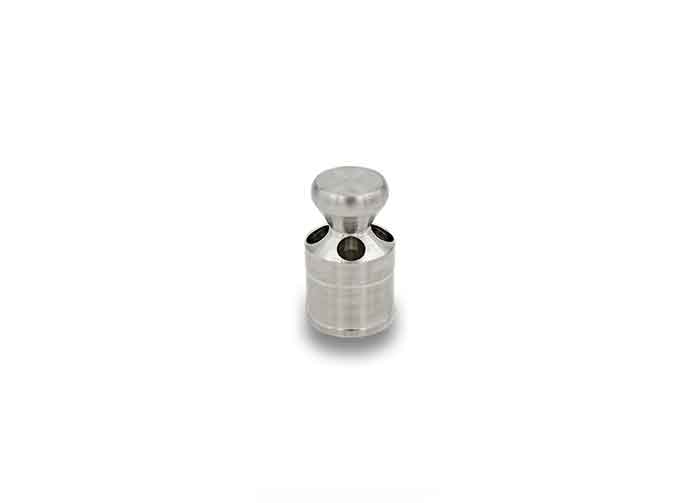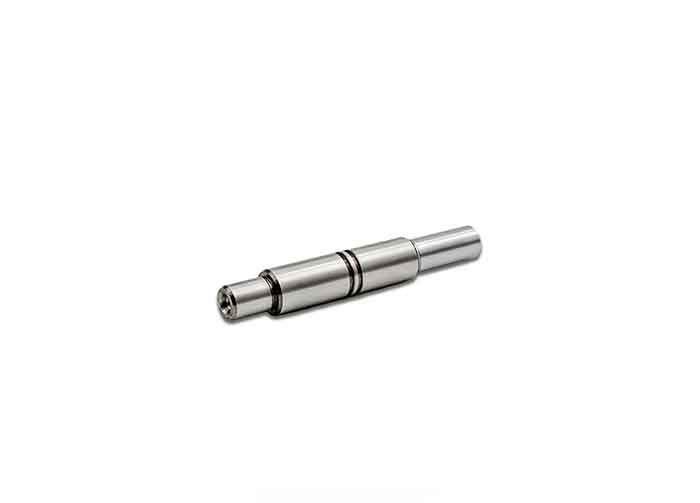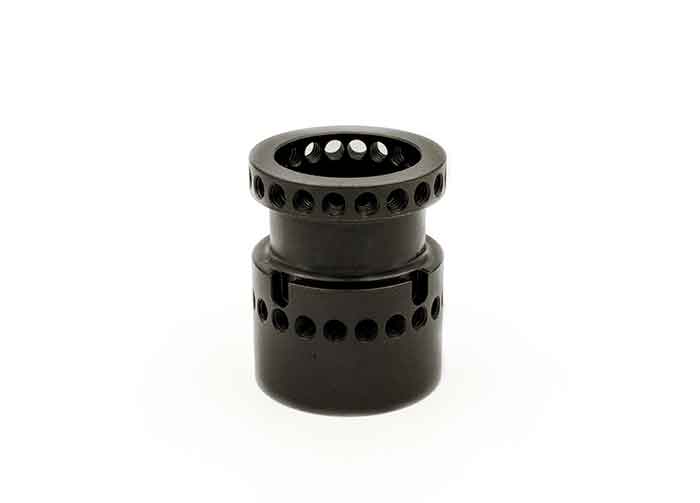Precision Metal Finishing Services
After machining or forming, many metal components still require finishing services to modify the surface of the piece based on specific application requirements. Metal finishing and surface treatment services alter the finish and surface of an object to improve its appearance and enhance properties such as chemical, wear, and corrosion resistance.
Types of Finishing Services
At Pioneer Service, Inc., we work with trusted and reliable companies to offer a wide range of metal part finishing and surface treatment services. These include:
Bead Blast
Bead blasting involves firing small, spherical pellets at a part’s surface to remove imperfections from machining. Unlike traditional abrasive blasting, bead blasting typically uses a glass medium to protect the surface while still eliminating tooling marks. The result is a smooth, uniform surface with a matte, satiny appearance.
Black Oxide
Black oxide is a type of conversion coating, meaning that the component’s surface reacts with a chemical bath to create a new protective layer. Black oxide is used to add a degree of corrosion resistance to ferrous metals while also reducing light reflection. This process can also be used for aesthetic purposes, as it yields a smooth, black surface finish.
Burnishing
Burnishing is a polishing procedure in which a ball or roller is used to smooth and shape a component’s surface. The burnishing process creates an attractive mirror finish while also increasing fatigue strength, adding corrosion resistance, and minimizing porosity.
Case Hardening
Case hardening adds hardness to a component’s surface while leaving its core soft. After treatment, the component’s inner core continues to absorb stresses, but the outer surface has greater wear resistance. Flame hardening, carburizing, and nitriding are all options for case hardening.
Electroless Plating
Electroless plating is the process of catalyzing a reaction between the surface of a component and a chemical bath to create a surface finish. Compared to electroplating, chemical plating creates a more uniform surface finish for even complex surface geometries. Electroless-plated components have improved wear resistance and corrosion resistance compared to untreated components, so they are ideal for demanding applications.
Electroplating
Electroplating uses electrical current to create a surface coating with improved surface qualities such as corrosion and abrasion resistance, conductivity, and reflectivity. It can also be used to improve the appearance of the component if it will be visible after it is installed on the final product (ie. knobs on a device). The exact characteristics depend on the component’s substrate and the choice of plating material. Various methods of electroplating exist to accommodate parts of different sizes and complexities, including barrel plating for smaller parts and rack plating for larger, more complicated parts.
Electropolish
Electropolishing describes the process of applying electrical current to smooth a components surface. In contrast to electroplating, electropolishing removes material to even the surface, whereas electroplating adds a smooth protective coating.
Grinding
Grinding is used to improve the appearance and dimensional tolerance on the surface of a finished component. Although various grinding processes exist, each using different abrasion media and treating different parts of the component, all remove a precise layer of metal to yield a more uniform finish.
Knurling
Knurling is a unique finishing process designed to indent a component to make it easier to grip. When applied to fasteners and fittings, knurling makes a component more ergonomic and decreases the likelihood that it will slip.
Laser Engraving
Laser engraving is a specialized finishing process that uses a laser to burn an aesthetic or functional image onto the surface of a metal part. It is commonly used to add part numbers, or logos onto components.
Passivating
Passivating is a conversion coating process designed to protect the substrate by making it more inert. Typically used for ferrous materials, passivating minimizes environmental impacts on a metal component while removing surface contamination and improving corrosion resistance. Two types of passivation include:
- Anodizing. Anodizing is a common passivation process that generates a thicker oxide layer on the metal’s surface. Anodizing is ideal for aluminum parts, lending them a wear-resistant, non-conductive finish.
- Chromate Conversion. Chromate conversion is a passivating process that retains the electrical conductivity of the metal surface. It can be used alone or as a primer for other coating processes.
Pickling
Pickling describes an acid bath designed to remove oxide scaling from a component’s surface. The process is usually used after heat treatment to clean the metal’s surface.
Thread Rolling
Thread rolling is used to create threaded fasteners and fittings across a range of precision applications. Rather than machining the threads, which requires removing material from the blank, rolling forms threads by reshaping the already-machined blank. The process creates a more durable, wear-resistant component ideal for aerospace components..
Tumbling
In the tumbling process, a rotating barrel rolls components against abrasive tumbling media to smooth burrs, harden surfaces, and remove tooling marks.
Vibratory Finishing
Vibratory finishing is similar to tumbling in that it involves agitating metal components against an abrasive media to improve the machined surface finish. The difference is that tumbling requires a rolling barrel while vibratory finishing simply requires shaking the tub. Vibratory finishing is usually chosen over tumbling for turned components and complex precision parts.
Trust Pioneer For Complex Component Needs
At Pioneer Service Inc., we specialize in producing complex precision components used across industries, including aerospace, automotive, and medical. Our clients often require unique finishing requirements, which we meet with the help of highly qualified partners who consistently deliver quality work on time and within budget. To learn how we can meet your specialized metal component needs



